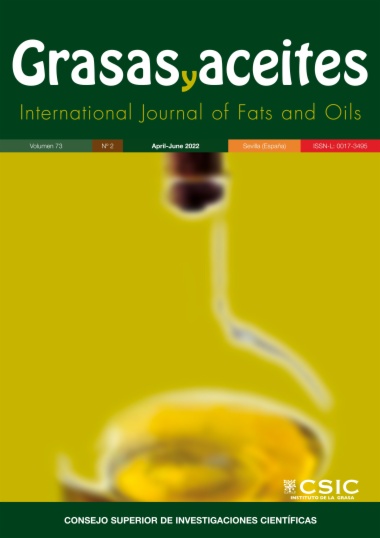Biographic Memoirs: Volume 60 contains the biographies of deceased members of the National Academy of Sciences and bibliographies of their published works. Each biographical essay was written by a member of the Academy familiar with the professional career of the deceased. For historical and bibliographical purposes, these volumes are worth returning to time and again.
- Cover
- Front Matter
- 1. Joseph Hall Bodine
- 2. Arthur Clay Cope
- 3. Philip Jackson Darlington, Jr.
- 4. John Franklin Enders
- 5. Edward Curtis Franklin
- 6. Selig Hecht
- 7. Libbie Henrietta Hyman
- 8. Francis Wheeler Loomis
- 9. Jacob Marschak
- 10. Donald Howard Menzel
- 11. Nathan M. Newmark
- 12. Lars Onsager
- 13. Alexander Petrunkevitch
- 14. Kenneth Bryan Raper
- 15. Francis W. Reichelderfer
- 16. William Jacob Robbins
- 17. George Gaylord Simpson
- 18. Owen Harding Wangensteen
- 19. Henry Stephen Washington
- 20. Howel Williams
- Cumulative Index

